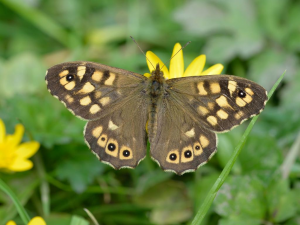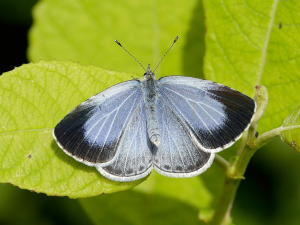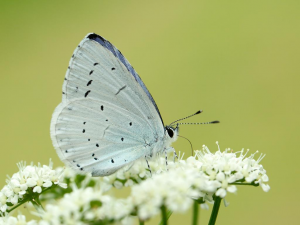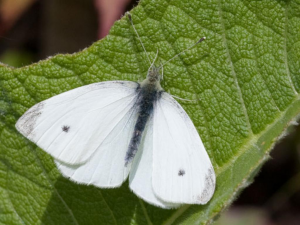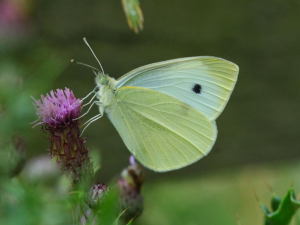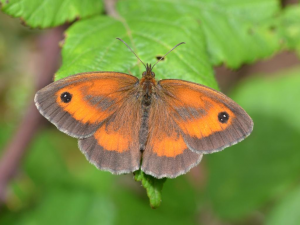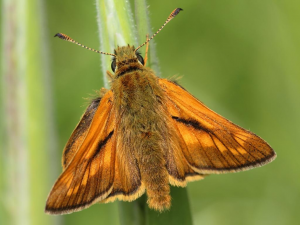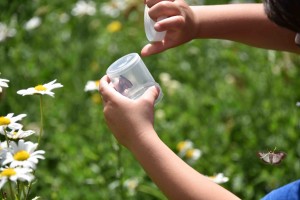Top butterflies to spot in Burgess Park
Speckled Wood – Seen wherever there are trees and bushes, so – north of the lake, in the new New Church wildlife area and near Glengall Wharf Garden.
Holly Blue – Find this butterfly all across Burgess Park, usually seen with wings closed.
Small White – The commonest butterfly in the park. Can be confused with other “whites”, but that’s not important. Seen flying near many different types of flowers, especially wild flowers.
Gatekeeper – North of the lake, near Waite Road, by the Lime Kiln and probably in the new Burgess West wild area. Likes blackberry bramble flowers.
Friends of Burgess Park has campaigned for many years to keep wildlife areas with long grasses, nettles and blackberry brambles and this is now paying off with the butterfly, bird and bat populations all thriving.
This success story of city wildlife thriving in Burgess Park is under threat. It matters because British butterflies, and other species, are in steep decline, so carefully managed wildlife areas are crucial to their recovery. New buildings developments all around Burgess Park threatens the fantastic wildlife areas. But, especially those closest on the south side of Burgess Park, along Parkhouse Street and Southampton Way. Friends of Burgess Park hope the council will to stick to their commitment to enlarge the park with additional land on Southampton Way already designated for many years as Metropolitan Open Land.
